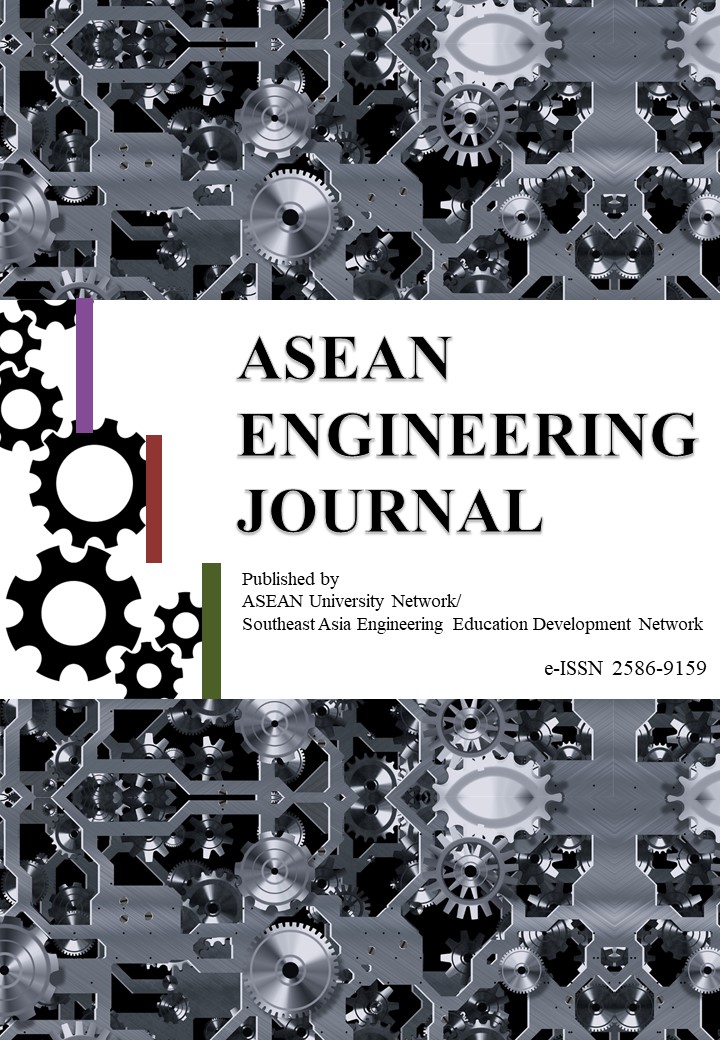PRELIMINARY ASSESSMENT OF THE EFFECTS OF BLAST DESIGN FACTORS ON FRAGMENTATION AT LAFARGE KANTHAN LIMESTONE QUARRY, CHEMOR, PERAK
DOI:
https://doi.org/10.11113/aej.v10.16598Keywords:
Fragmentation, Powder factor, Stiffness ratio, Uniaxial compressive strength, Uniformity index, WipFragAbstract
The results of blasting affect every other downstream operation in quarrying and mining process. Factors influencing blast results can be classified as either controllable or non-controllable. If desired fragmentation is to be obtained, the controllable factors (blast geometry and explosive properties) must be sufficiently designed to match the non-controllable ones (geological factors and legislative constraints). This study investigates the influence of blast design parameters on rock fragmentation. Six different blast designs were studied and analyzed. Rock samples were obtained from each face to evaluate the uniaxial compressive strength (UCS). Images of muck pile were captured using suitable digital camera. The images were uploaded into the WipFrag software to analyze the fragmentation resulting from the blasting. The particle size distribution of each blast was obtained, and the mean fragment size correlated with the blast design parameters. The percentage cumulative passing for gyratory crusher with the feed size of 1500 mm ranges between 92.8 to 100%. The stiffness ratio, powder factor and uniaxial compressive strength have high correlation with mean fragment size. The stiffness ratio increases with mean fragment size with a correlation coefficient of 0.89. The mean fragment size becomes finer with increase in powder factor with a correlation coefficient of 0.76. Powder factor also has a high correlation with the uniaxial compressive strength of the rock. The higher the uniaxial compressive strength of rock, the higher the powder factor needed for a specified fragment size. In this study, spacing to burden ratio has a very weak correlation with the fragment size. All the studied blast events produced good fragmentation with a uniformity index varying from 2.097 to 2.525.
















